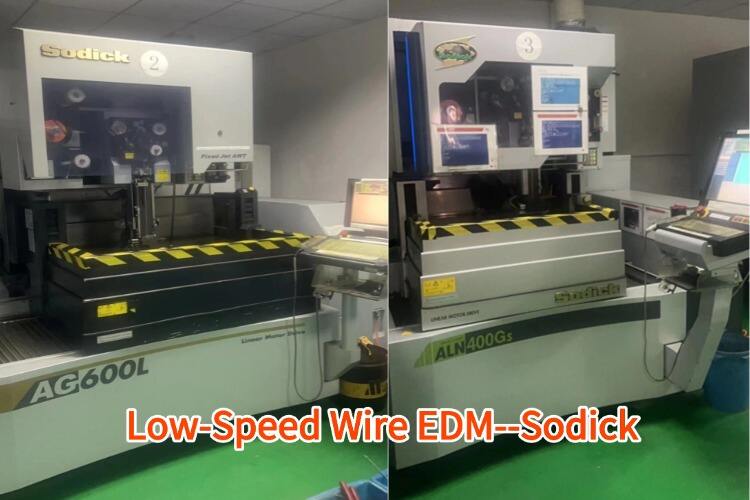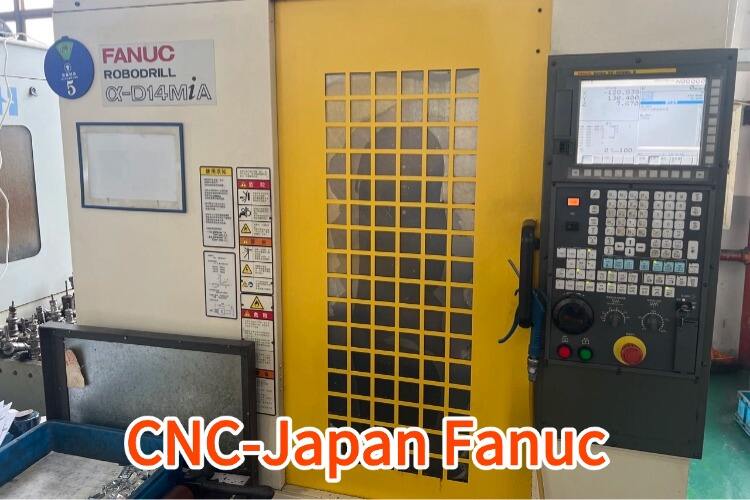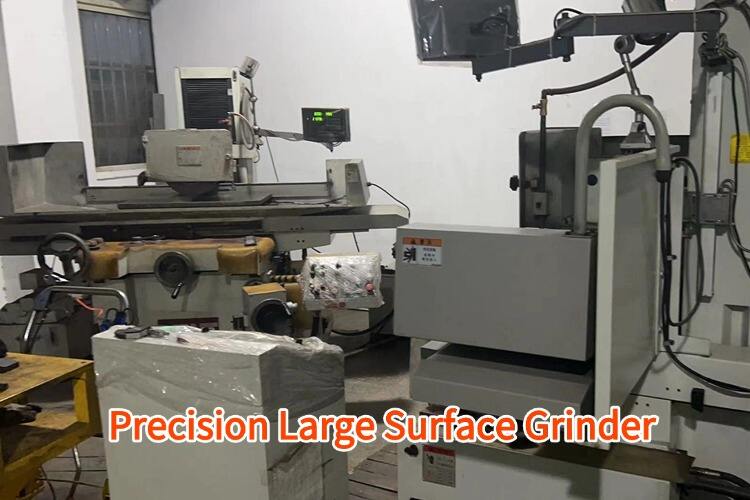plasma surface technology
Plasma surface technology represents a groundbreaking advancement in material modification and surface enhancement. This innovative process utilizes ionized gas, or plasma, to alter the surface properties of various materials at a molecular level. Operating through the application of electrical energy to create plasma, this technology enables precise control over surface characteristics such as wettability, adhesion, and chemical reactivity. The process involves bombarding the target surface with energetic particles, resulting in both physical and chemical modifications. The technology's versatility allows for treatment of diverse materials including metals, polymers, ceramics, and composites. In industrial applications, plasma surface technology serves multiple functions, from cleaning and activation to coating and etching. The treatment can enhance surface energy, improve bonding capabilities, and create specialized functional layers. Modern plasma systems feature sophisticated control mechanisms that ensure uniform treatment and reproducible results. The technology's environmental friendliness, as it typically operates without harmful chemicals, makes it particularly attractive for sustainable manufacturing processes. Applications span across numerous industries, including automotive, electronics, medical devices, and aerospace, where surface properties play crucial roles in product performance and durability.


